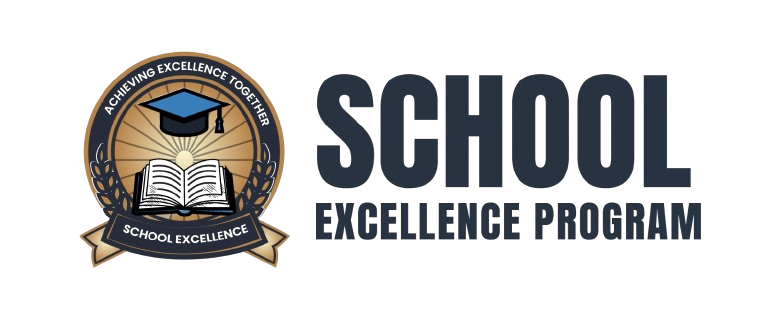Student-Centered Learning: How School Excellence Programs Foster Holistic Development
In today’s rapidly changing educational landscape, the need for a shift from traditional teacher-centered models to more inclusive, student-centered approaches has never been more critical. Student-centered learning (SCL) puts the needs, interests, and learning styles of the students at the heart of the educational experience. This method allows students to take ownership of their learning while fostering creativity, critical thinking, and a deeper understanding of their educational journey. One of the most effective ways to implement this model is through School Excellence Programs that focus on holistic development, shaping students not only academically but also socially, emotionally, and personally.
What is Student-Centered Learning?
Student-centered learning is an educational approach that prioritizes the learner’s active participation in the learning process. Instead of the teacher being the sole source of knowledge, students take an active role in discovering, questioning, and constructing knowledge. This approach emphasizes personalized learning pathways that consider individual strengths, weaknesses, and interests, leading to a more engaging and relevant learning experience for each student.
The Role of School Excellence Programs in SCL
School Excellence Programs (SEPs) aim to enhance school management practices, teaching methodologies, and curriculum design to promote student-centered learning. These programs focus on a comprehensive approach to school improvement, ensuring that students’ academic, emotional, and social development are prioritized. Here’s how SEPs help foster holistic development:
1. Personalized Learning Approaches
One of the core principles of student-centered learning is recognizing that every student is unique. SEPs work with schools to integrate personalized learning strategies that cater to individual student needs. This could include differentiated instruction, adaptive learning technologies, and project-based learning, which allow students to work at their own pace and according to their interests.
2. Developing Critical Thinking and Problem-Solving Skills
Traditional teaching often focuses on rote memorization, while student-centered learning encourages active engagement, problem-solving, and critical thinking. SEPs help schools adopt pedagogies that challenge students to think critically, ask questions, and explore solutions independently. These skills are crucial for success in the modern world, where innovation and problem-solving are in high demand.
3. Emotional and Social Development
Holistic development extends beyond academic achievement. SEPs emphasize the importance of emotional intelligence and social skills in students’ overall growth. By fostering a positive school culture and encouraging collaborative learning, these programs help students develop empathy, communication skills, and emotional resilience. Schools that focus on the whole child create environments where students feel safe, supported, and motivated to succeed.
4. Promoting Leadership and Responsibility
Student-centered learning empowers students by giving them a voice in their education. SEPs work with schools to create opportunities for students to take leadership roles, whether in group projects, extracurricular activities, or decision-making processes. This builds self-confidence, accountability, and a sense of responsibility—skills that serve students well throughout their lives.
5. Teacher Development and Training
For student-centered learning to be effective, teachers must be equipped with the skills and tools to implement it successfully. SEPs provide teachers with ongoing professional development opportunities that focus on student-centered methodologies, classroom management, and the use of technology in education. This ensures that educators are well-prepared to meet the diverse needs of their students.
Conclusion
The future of education lies in approaches that put the student at the center of the learning process. Student-centered learning fosters a deeper, more meaningful engagement with education by focusing on the individual needs, interests, and potential of each student. School Excellence Programs are a crucial part of this transformation, helping schools adopt student-centered methodologies that promote holistic development. By emphasizing academic achievement, emotional intelligence, social skills, and leadership, SEPs create an environment where students thrive and are prepared for the challenges of the modern world.
Through personalized learning, critical thinking, emotional growth, and teacher empowerment, School Excellence Programs pave the way for a more dynamic and successful educational experience—one where students are not just passive recipients of information, but active participants in shaping their own future.

